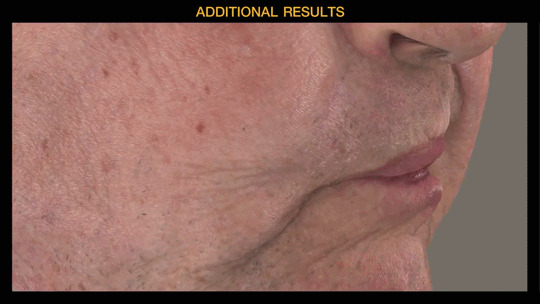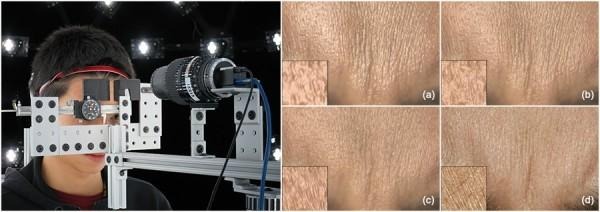Researchers Create Creepy, Hyperrealistic CGI Skin
A newly developed CGI rendering technique is about to take CGI renditions of human skin to an "uncanny valley" level of creepy. Until now, rendering only created "mesoscale" details such as pores and wrinkles. This new CGI method captures details on a "microscale" which includes the texture within pores and extremely fine lines. Normally, skin microstructures that are under one-tenth of a millimeter are not reconstructed in CGI, even though they have a large impact in the way we perceive facial expressions.
In people, skin microstructures deform with each expression or as skin is prodded and pulled. A group of researchers from the University of Southern California's Institute for Technologies (USC ICT) have developed a technique for creating true-to-life skin CGI by mapping and predicting the way skin moves.

To measure the natural layout of human skin at a microscopic level, the researchers used a 10-micron resolution scanning technique. Then they stretched and prodded test subject's faces to see how the microstructures behaved. It turns out that skin becomes shinier when it's stretch and rougher when it's compressed, similar to the way the surface of an elastic balloon behaves.

In the picture above, the left hand side shows CGI skin renderings. Figures (a) and (c) rendered only the larger mesostructures while (b) and (d) show the details that can be achieved from adding microstructures.
